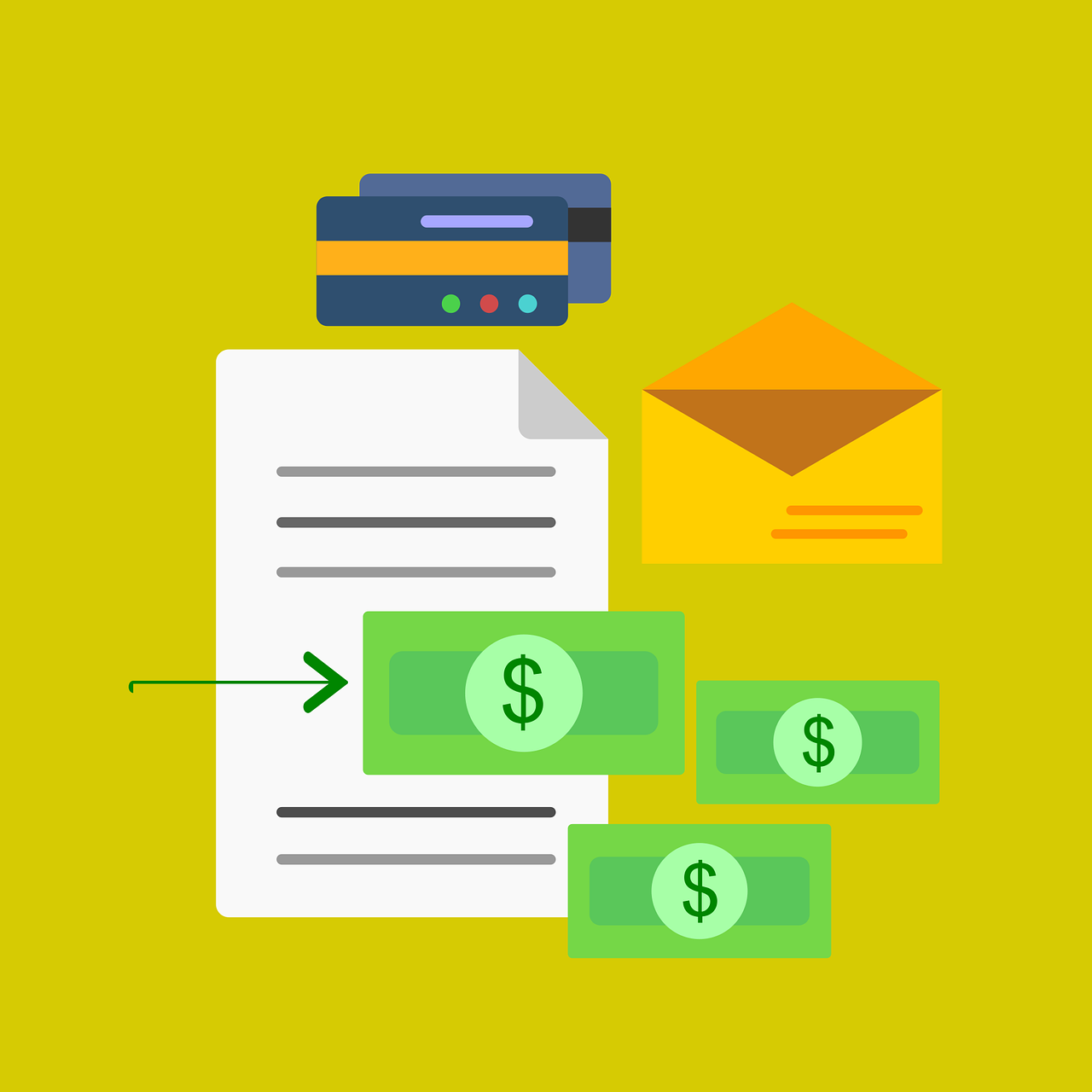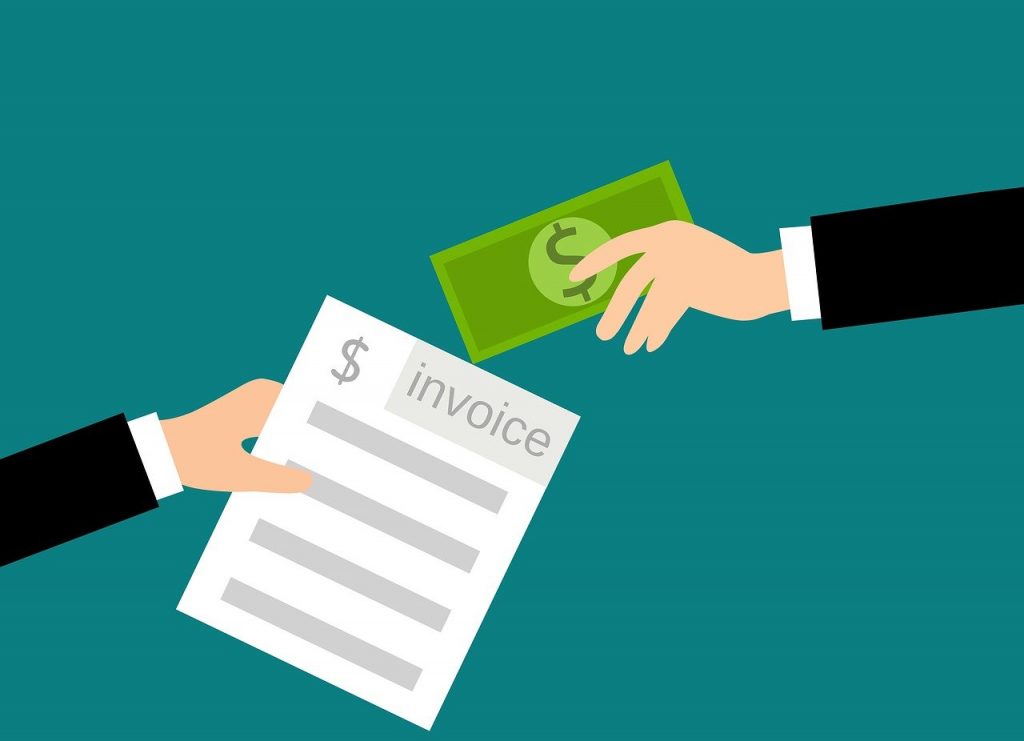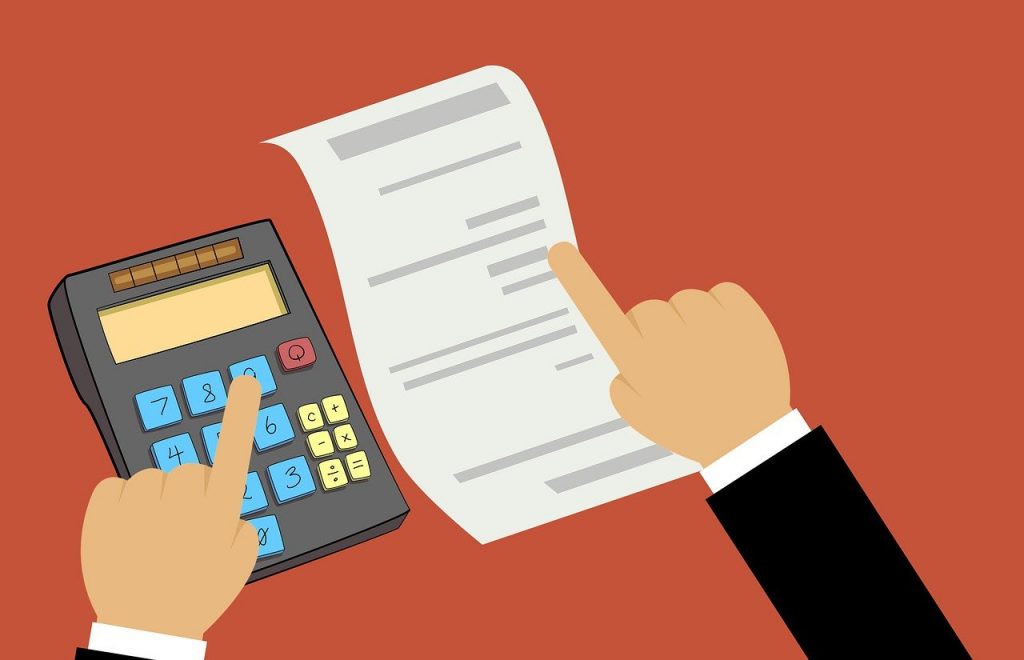Invoice Comparisons & Definitions Explained Navigating Billing

Why Understanding Different Types of Invoices Matters for Your Business
Getting a clear grasp of various payment documents is essential if you want your money to flow without hiccups. Different invoice forms serve different purposes, and mixing them up can cause all sorts of headaches — from confusion with customers to delayed payments. For example, sending a fedex commercial invoice template when a simple invoice was needed is like mailing a letter to the wrong address.
Knowing exactly which document fits which purpose improves communication with clients, cuts down on errors, and speeds up getting paid. Plus, it makes you look sharp and professional.
What Are the Main Types of Invoices and How Do They Differ
Invoices come in different varieties: standard invoices, pro forma invoices, recurring invoices, and special commercial documents like the fedex commercial invoice template for international shipping. Standard invoices request payment for goods or services already delivered. Pro forma invoices act more like quotes. Recurring invoices are for subscriptions or ongoing services.
Don’t confuse sales order vs invoice — the sales order is a client’s purchase request, while the invoice is your payment request. Knowing these differences keeps your accounting clean and orderly.
The Difference Between Invoice Receipt and Purchase Order Explained

People often mix these terms, but here’s a simple breakdown. An invoice is your formal request for payment after you’ve delivered goods or services. A receipt confirms payment has been received — basically a “Thanks, we got your money” note. A purchase order is a buyer’s official approval to proceed with an order.
Mixing these up can lead to paperwork chaos and payment delays. It’s like confusing a kindle to pdf converter with a photo editor — both digital tools, but totally different purposes.
How to Choose the Right Invoice Type for Every Situation
Picking the right invoice format matters to get paid smoothly. For simple jobs, an invoice template for google docs works great — easy to customize and share. For international shipments, you’ll likely need a fedex commercial invoice template. For recurring services, set up periodic billing.
Ask yourself: what fits your business style? What does your client expect? Knowing what is an invoice payment and when it’s due sets clear expectations.
Essential Elements Every Invoice Must Have
No matter the type, certain info is crucial to avoid payment delays:
- Your business name and contact info
- Client’s name and billing address
- Unique invoice number
- Invoice issue and due dates
- Clear description of goods or services with prices
- Total amount including taxes or discounts
- Payment instructions and accepted methods
- Payment terms and conditions
Missing any of these is like trying to connect via remote desktop gateway with the wrong password — it just won’t work.
Common Mistakes When Handling Invoices and How to Avoid Them
| Issue | Impact | Solution |
|---|---|---|
| Missing due dates, mixed invoice numbers, or missing payment info | Confuses clients and delays payments. | Double-check all required fields before sending. |
| Confusing receipt vs invoice | Causes misunderstandings about payment status. | Use the correct document type for each situation. |
| Using outdated or clunky templates (e.g., old Google Drive invoice template) | Hurts professionalism and may omit key details. | Keep templates updated, clear, and well-designed. |
How to Understand Complex Invoice Terms Without the Headache

Billing terms like “net 30,” “pro forma,” or “late fee” can be confusing but are easy to master. Once you do, invoicing becomes straightforward.
Think of it like setting up a remote desktop gateway — it’s technical at first but soon second nature. Don’t hesitate to look up terms or ask for help; it pays off.
Pro Tips to Navigate the World of Invoices Like a Boss
Want to ace invoicing? Stick to clear, consistent templates and automate reminders. If you love Google, an invoice template for google docs is a solid choice. Send polite but firm follow-ups and track what’s been paid and what’s outstanding.
Add a personal touch — a simple “Thanks for your business!” can boost client relations and maybe speed up payments. It’s like upgrading from a basic remote to a roku universal remote code — everything just works better.
What to Do When Clients Delay Payments and How to Use Invoices to Follow Up
Clients delaying payments? Don’t panic. Start with a polite reminder referencing the original invoice. If that doesn’t work, escalate politely but firmly, mentioning possible late fees.
Use invoices as your tracking and communication tool — it keeps things organized and shows clients you mean business. Think of it like troubleshooting your my roku remote stopped working — persistence and clarity win.